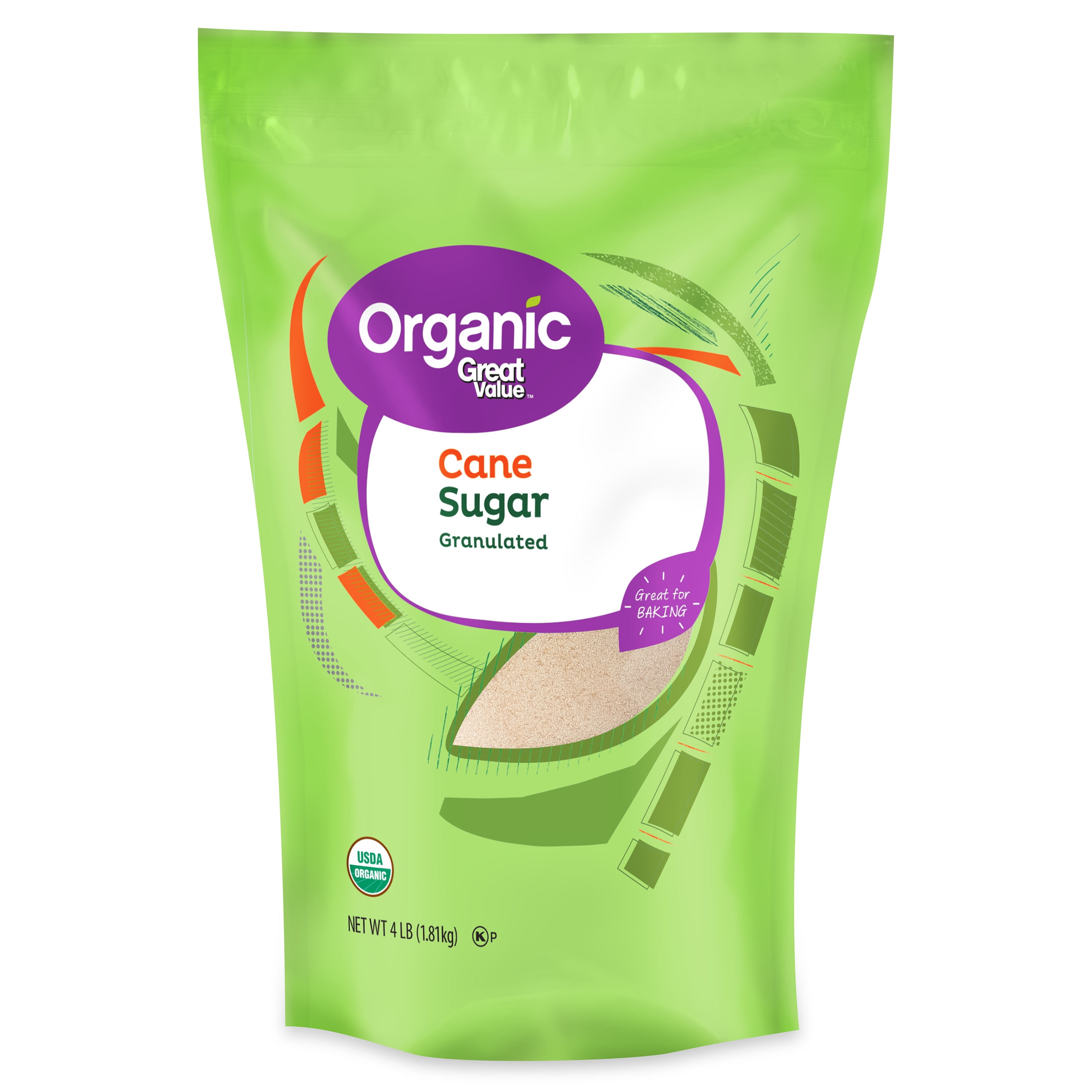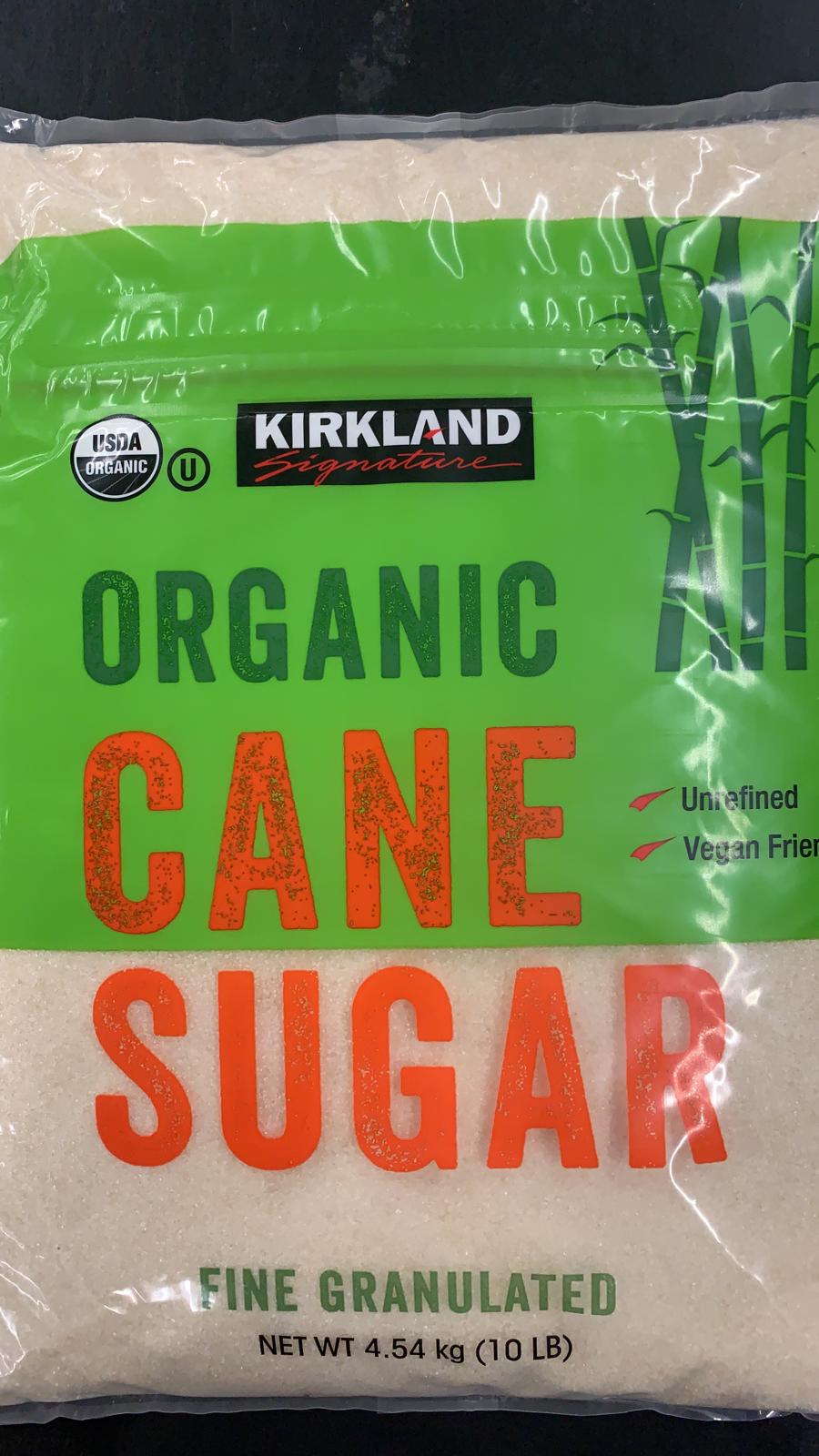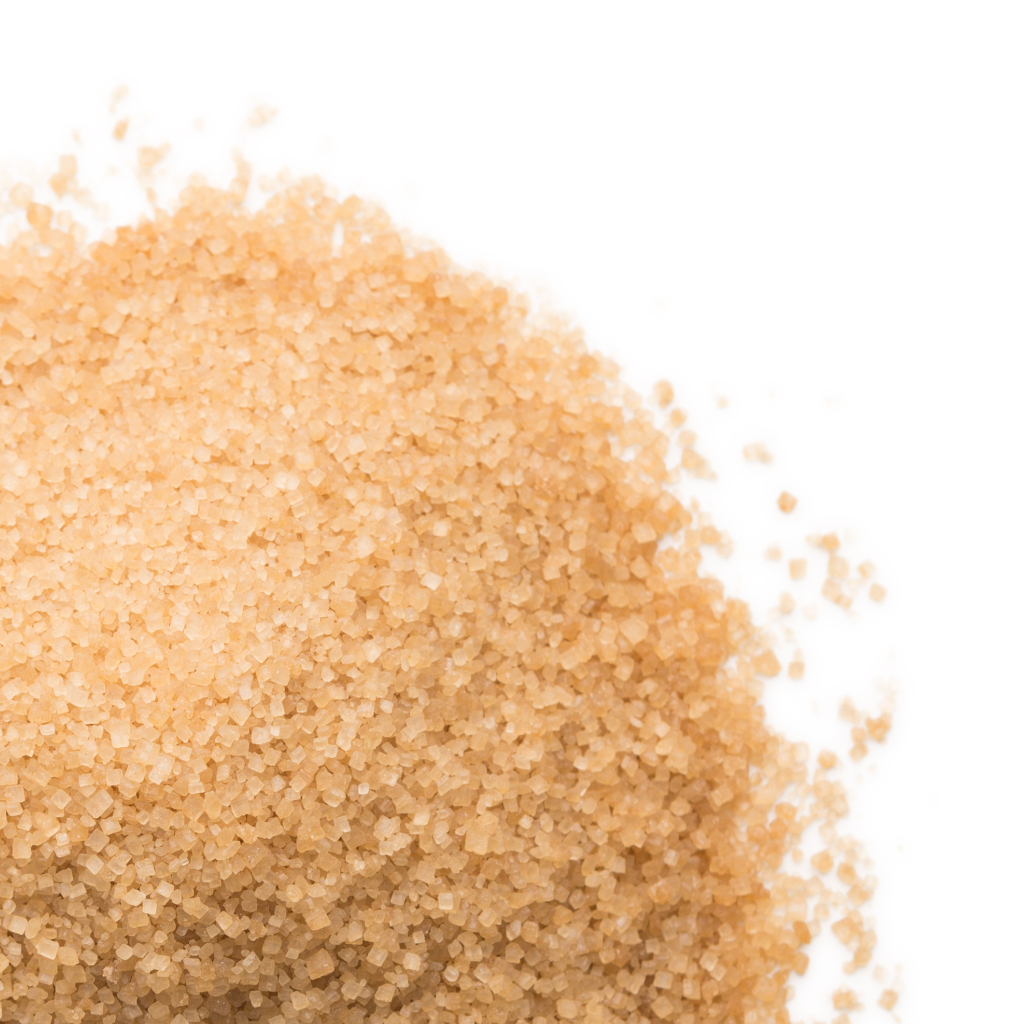Advanced Cane Sugar Processing: Enhancing Efficiency and Sustainability
Advanced Cane Sugar Processing: Enhancing Efficiency and Sustainability
Blog Article
Exploring the Comprehensive Steps Involved in Walking Cane Sugar Processing From Collecting to Refinement
The procedure of cane sugar manufacturing incorporates a series of complex actions, beginning with the mindful harvesting of sugarcane and culminating in the refinement stages that make certain the last product fulfills sector standards. Each phase, from the extraction of juice to the filtration and condensation processes, plays an important duty in establishing the quality and character of the sugar.
Gathering Sugarcane
Harvesting sugarcane is a vital action in the walking cane sugar handling chain, as it straight affects the top quality and yield of the final product. Correct timing and strategies are necessary throughout this stage to make sure ideal sugar material and lessen losses. Commonly, sugarcane is collected when it gets to maturation, normally 12 to 18 months after growing, identified by a high sucrose focus.

Post-harvest, the sugarcane must be processed quickly to protect against sucrose degradation. Preferably, harvested walking cane needs to be moved to refining centers within 1 day to protect sugar top quality. Consequently, reliable logistical planning is critical to preserve the integrity of the collected crop throughout the supply chain.
Extraction Refine

The smashed walking cane undergoes a collection of pushing operations to maximize juice recovery. Usually, warm water is sprayed onto the crushed walking cane, developing a countercurrent circulation that aids dissolve the sugar while also aiding in the removal process. The juice gathered from this operation has not just sugar however likewise various organic substances and contaminations.

To improve removal performance, some centers might employ diffusion methods, where the sugarcane is taken in warm water, permitting the soluble sugars to diffuse right into the fluid. The resulting juice, abundant in sucrose, is after that directed to subsequent processing stages, laying the foundation for purification and improvement. The extraction process is thus critical in establishing the quality and yield of the last sugar product.
Filtration Techniques
The filtration strategies used in walking cane sugar handling are vital for transforming the raw juice into a top notch sugar item. These techniques mainly aim to eliminate pollutants, such as soil, plant products, and not natural materials, which can adversely influence the final product's flavor and shade.
Among one of the most typical purification strategies is information. This procedure involves including lime and warm to the raw juice, which assists in the coagulation of pollutants. The resulting precipitate is then removed through sedimentation or purification, generating a clearer juice. Additionally, the usage of phosphoric acid can improve the information process by more binding pollutants.
An additional significant strategy is carbonatation, where carbon dioxide is presented to the clarified juice. This response creates calcium carbonate, which captures continuing to be pollutants and advertises their elimination.
In addition, triggered carbon therapy may be applied to adsorb any kind of remaining colorants and organic impurities, guaranteeing a much more polished product. The mix of these approaches successfully prepares the sugar juice for subsequent action in the refining procedure, setting the phase for the manufacturing of top notch cane sugar.
Formation Methods
After the purification stage, the next vital step in walking cane sugar handling entails crystallization approaches, which play an essential function in transforming the made clear juice into solid sugar. This procedure usually uses two key methods: spontaneous formation and regulated crystallization.
In spontaneous crystallization, supersaturated sugar services are enabled to cool down normally, find this leading to the formation of sugar crystals over time. This method enables for the uniform growth of sugar crystals and higher purity.
Throughout condensation, the cleared up juice is focused via evaporation, increasing its sugar content up until it reaches supersaturation. When this point is achieved, either method can facilitate the crystallization procedure. Cane Sugar Processing. The resultant sugar crystals are after that divided from the continuing to be syrup with centrifugation
Eventually, the option of crystallization approach influences the top quality, size, and purity of the last sugar item, making this action crucial in the total walking stick sugar processing treatment.
Refinement and Packaging
How can the pureness and high quality of cane sugar be further boosted after crystallization? The refinement procedure plays a vital function in attaining high-grade walking stick sugar. Adhering to formation, sugar goes imp source through an extensive washing to eliminate impurities and recurring molasses. This is generally accomplished utilizing warm water or vapor, which helps liquify and draw out undesirable elements while maintaining the sugar crystals.
Next, the sugar undergoes a process called centrifugation, where it is spun at broadband to separate the cleansed sugar crystals from the remaining liquid. After centrifugation, the sugar is usually further improved via a technique called carbonization or phosphatation, which makes use of activated carbon or phosphoric acid to remove shade and off-flavors.
When improved, the sugar is dried out to attain the desired dampness content, making certain that it remains stable throughout storage space and transportation. The final step includes product packaging the refined sugar in impermeable and moisture-proof containers to maintain its high quality and protect against contamination. Cane Sugar Processing. Correct packaging not just expands life span yet likewise facilitates easy handling and distribution, making certain that customers obtain sugar that fulfills the highest standards of purity and high quality
Verdict
The comprehensive steps associated with cane sugar processing, from the precise harvesting of sugarcane to the complex improvement and product packaging stages, highlight the value of each phase in making sure top quality sugar production. Optimal harvesting techniques, efficient extraction methods, and extensive purification processes jointly add to the final item's pureness and security. The formation and succeeding product packaging methods further improve the integrity and life span of the sugar, highlighting the intricacy and accuracy intrinsic in this important agricultural market.
The process of walking stick sugar production encompasses a collection of complex steps, beginning with the careful harvesting of sugarcane and finishing in the improvement stages that make sure the final product meets official source industry criteria. Preferably, harvested cane should be transported to refining centers within 24 hours to preserve sugar top quality.In spontaneous formation, supersaturated sugar solutions are enabled to cool down naturally, leading to the formation of sugar crystals over time - Cane Sugar Processing. The improvement procedure plays a crucial function in achieving high-grade walking stick sugar.The comprehensive steps included in walking cane sugar processing, from the meticulous harvesting of sugarcane to the complex refinement and packaging phases, emphasize the significance of each phase in guaranteeing high-quality sugar manufacturing
Report this page